
Für eine deutsche Übersetzung dieser Seite einfach die Brandenburger Flagge anklicken
 |
Click the Brandenburg Flag for a German translation Für eine deutsche Übersetzung dieser Seite einfach die Brandenburger Flagge anklicken |


|
|
Vacation 2010September 23, Germany
Film-Museum Potsdam, Brandenburg |
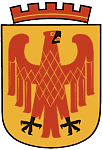 |



|

 |
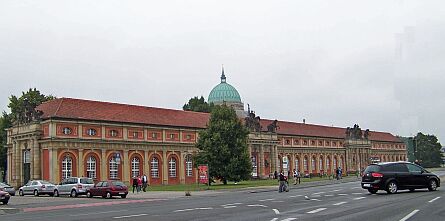
|


|
XXXXXXXXXXXXXXXXXXXXXXXXXXXXXFilm-Museum
The film studios of Potsdam-Babelsberg are the European movie capital.
Babelsberg claims to be the world's oldest large-scale film studio.
Our favorite exhibit was the Cinema Organ (pictures below). Theatre organs were used in the era
of silent movies to accompany the movie and to imitate and replace an entire, costly orchestra. |
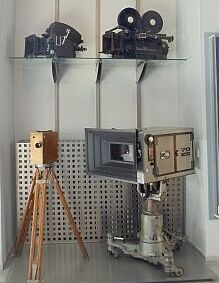 |

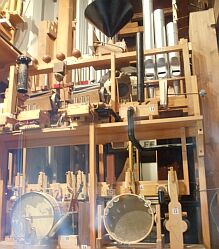 |
 |
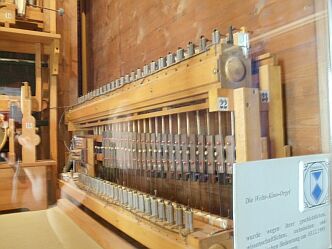
|

| One special exhibition in the museum is dedicated to the Sandman. This is one the longest continuously running TV series in German TV. Since 1959, Sandman tells a five-minute bedtime story every evening at 7 pm. Over the years, he arrived on the set in a number of different vehicles - from sledges to space ships. Many of his 240 props are shown in the exhibition "Sandman's Motor Pool." |

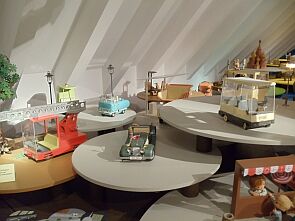 |
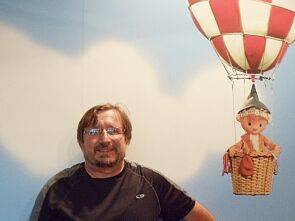 |
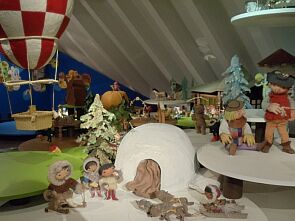
|

 |
Without a doubt, the most popular character in East-German kids TV was the Kobold
Pittiplatsch. He and his friends, the dog Moppi and the duck Schnatterinchen have been on the air continuously since 1962. |
 |
 |

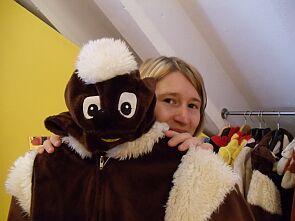 |
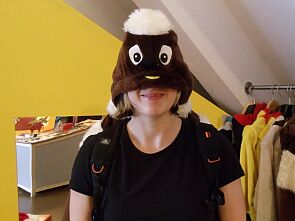 |

|

| From here we moved on to a small village half way between Potsdam and Berlin and dove deeper into history than ever before. |


 |
Click the left turn sign to get back to the previous page. Or click the right turn signal to move on to a medieval village at the outskirts of Berlin. |

|


 Back to Vacation 2010 |
 Back to English Main Page |
 Back to Start Page |